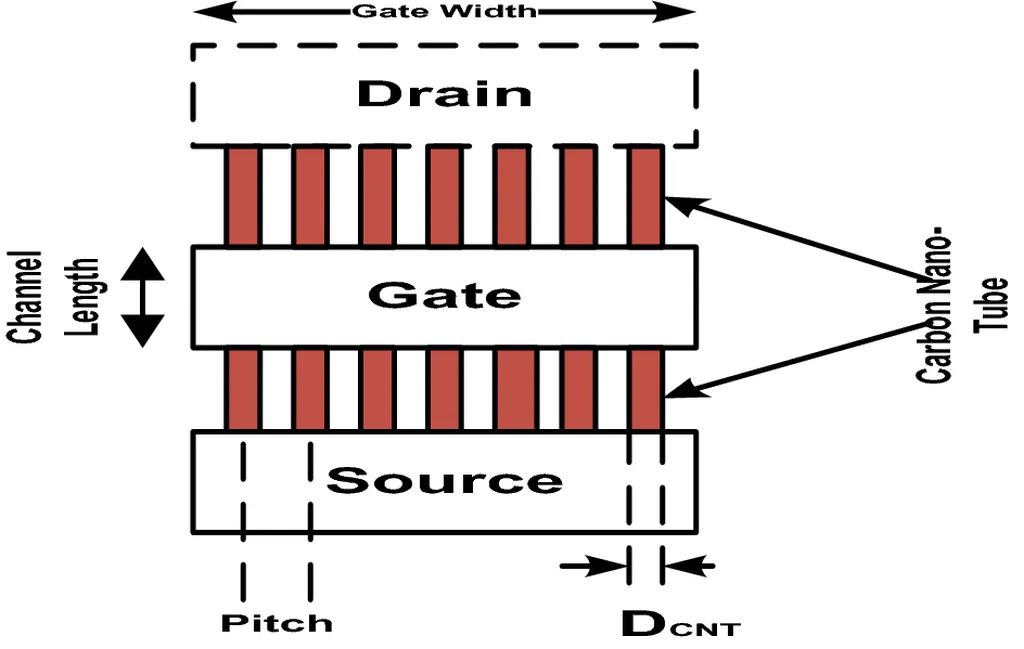In the rapidly evolving landscape of the Internet of Things (IoT), security and energy efficiency are paramount concerns. A recent study published in the *AUT Journal of Electrical Engineering and Applied Science* offers a promising solution to these challenges, leveraging cutting-edge technology to create more secure and energy-efficient IoT devices. The research, led by Alireza Shafiei from the Graduate University of Advanced Technology in Kerman, Iran, explores the use of carbon nanotube field-effect transistors (CNTFETs) and adiabatic logic to design lightweight, secure IoT devices.
The study addresses the growing need for secure cryptographic devices in the IoT domain, which has seen an explosion of battery-operated devices transmitting sensitive data. However, this proliferation has also introduced significant challenges, including high power consumption and security vulnerabilities. Shafiei’s research proposes a novel approach to mitigate these issues by integrating adiabatic logic with CNTFETs, a technology known for its energy efficiency and potential to enhance security.
“Our research demonstrates the potential of CNTFET-based SRAM-PUFs to significantly improve the security and energy efficiency of IoT devices,” Shafiei explained. The study showcases highly resilient CNTFET and adiabatic logic-based SRAM-PUFs, achieving an ultra-low start-up power of just 1.8 nanowatts. The PUF metrics, including uniformity, reliability, and uniqueness, are impressive, with values of 46.10%, 88.47%, and 48.84% respectively, even across a 150% process variation.
The implications of this research are far-reaching, particularly for the energy sector. As IoT devices become increasingly prevalent in energy management and smart grid systems, the need for secure and energy-efficient solutions becomes ever more critical. The technology proposed by Shafiei and his team could play a pivotal role in ensuring the integrity and efficiency of these systems.
“By addressing both security and power consumption challenges, our work paves the way for more robust and sustainable IoT applications,” Shafiei noted. The study involved circuit simulations using 32nm CNTFET technology in HSpice to analyze the impact of threshold voltage fluctuations, with further post-processing procedures executed using MATLAB software.
This research not only highlights the potential of CNTFETs and adiabatic logic in enhancing IoT security but also underscores the importance of ongoing innovation in this field. As the energy sector continues to embrace IoT technologies, the development of secure and energy-efficient solutions will be crucial in shaping the future of smart grids and energy management systems. Shafiei’s work represents a significant step forward in this direction, offering a glimpse into the future of IoT security and energy efficiency.

